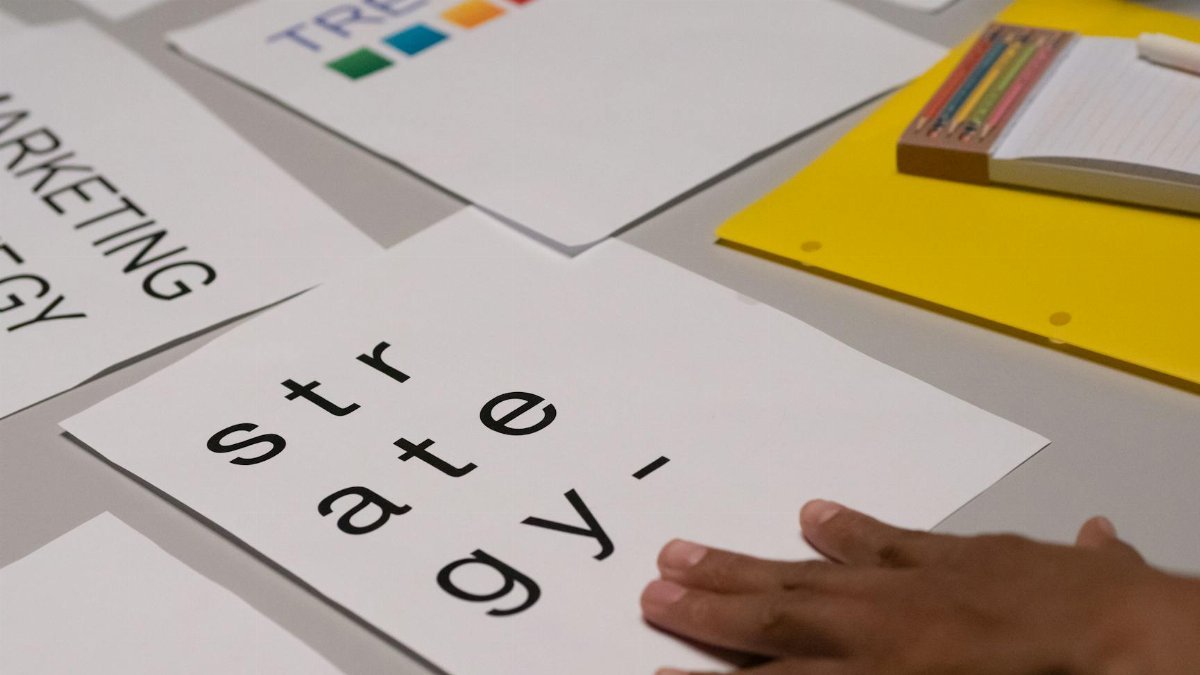In Harrisburg, a quiet revolution is reshaping the workday for government employees. Simply put, the harrisburg mindful transition is a structured pause—15 minutes twice a day at 10 a.m. and 2 p.m.—where workers close their laptops, stretch, and breathe. Launched as a pilot program, this initiative is catching attention for its potential to combat workplace stress without sacrificing productivity. As burnout remains a pressing issue across the U.S. workforce in 2025, Harrisburg’s experiment could signal a broader shift in how public sector offices prioritize mental health.
A Scheduled Break for Mindfulness

On March 15, 2025, Harrisburg, PA, rolled out a unique policy for state government workers. At 10 a.m. and 2 p.m. daily, employees are encouraged to step away from their desks for a 15-minute “mindful transition.” This isn’t a coffee break or a casual chat session—it’s a deliberate pause designed to reset focus. Workers close their laptops, engage in light stretching, or simply take deep breaths to recenter themselves before diving back into their tasks.
Why Now? Addressing Burnout Head-On

The timing of this program isn’t random. Burnout has become a critical concern for U.S. workers, with government employees often facing high-stress environments due to bureaucratic demands and public scrutiny. The harrisburg mindful transition aims to tackle this issue directly by embedding short, intentional breaks into the workday. While the concept of mindfulness isn’t new, its formal integration into a government workplace schedule marks a notable departure from traditional office culture.
Productivity Holds Steady

One might assume that pausing work twice a day could dent efficiency, but early data suggests otherwise. Productivity KPIs (key performance indicators) for Harrisburg employees have remained unchanged since the program’s launch. This stability is a key point for HR leaders advocating the initiative, showing that mental health interventions don’t necessarily come at the cost of output. It’s a finding that could resonate with other public and private sector employers watching closely.
Burnout Complaints Drop Significantly

Perhaps the most striking result so far is the impact on employee well-being. HR reports from Harrisburg indicate a 32% reduction in burnout-related complaints since the mindful transition breaks began. Workers are voicing fewer concerns about exhaustion or overwhelm, suggesting that these brief pauses are providing real relief. While it’s too early to call this a definitive success, the initial feedback paints a promising picture for mental health support in the workplace.
Academic Eyes on Long-Term Effects

The program isn’t just an internal experiment—it’s under academic scrutiny as well. A team from Penn State’s industrial-psychology department is tracking the long-term effects of the harrisburg mindful transition, with a particular focus on employee attrition rates. Their research aims to determine whether these mindfulness breaks can reduce turnover, a persistent challenge for government agencies. Results from this study, expected in the coming months, could provide hard data to support or challenge the initiative’s expansion.
Context in National Workplace Trends

Harrisburg’s approach aligns with broader U.S. workplace trends in 2025, where mental health is increasingly prioritized. According to the CDC’s National Institute for Occupational Safety and Health, stress-related issues cost employers billions annually in lost productivity and healthcare expenses. Programs like this one also echo findings from the Pew Research Center, which highlight growing employee demand for wellness initiatives. Harrisburg’s pilot could serve as a model if proven sustainable.
Challenges and Questions Ahead

Despite the early positive signs, questions remain. Can a 15-minute break truly address deeper systemic issues contributing to burnout? Will the novelty wear off, leaving employees disengaged from the practice over time? And how will the program scale if applied to larger or more diverse workforces? These are the hurdles Harrisburg’s HR team and Penn State researchers will need to navigate as they evaluate the initiative’s future.
A Potential Blueprint for Others

For now, the harrisburg mindful transition stands as a bold test case. If the reduction in burnout complaints and steady productivity hold, other cities and states may take note. Government workplaces, often criticized for rigid structures, could see this as a low-cost, high-impact way to support staff. As the Penn State study unfolds, Harrisburg might just become a reference point for redefining the modern workday.
